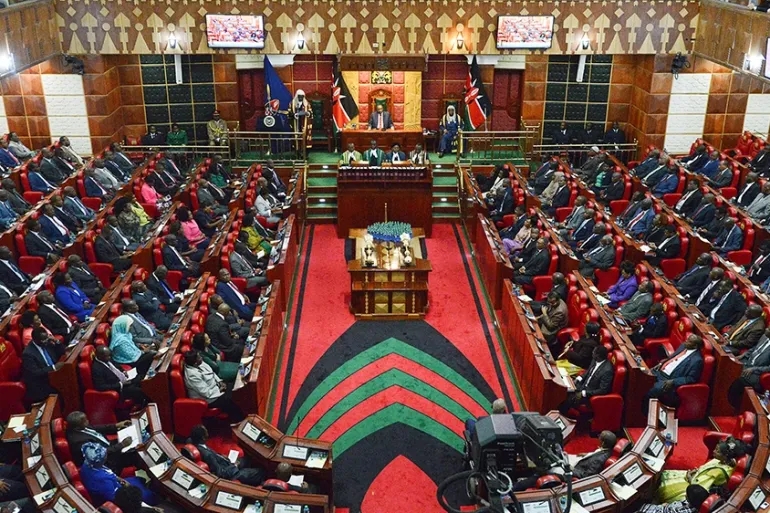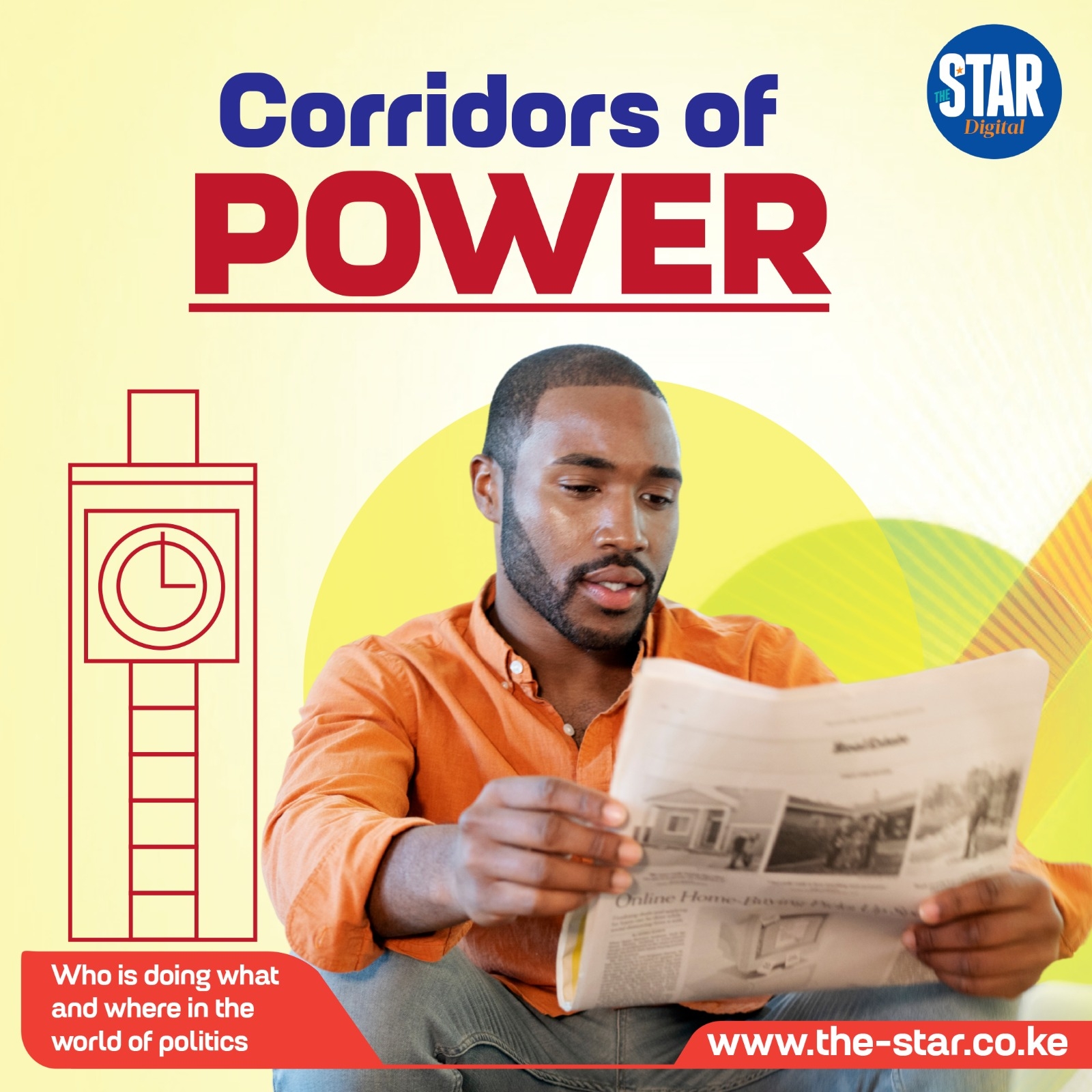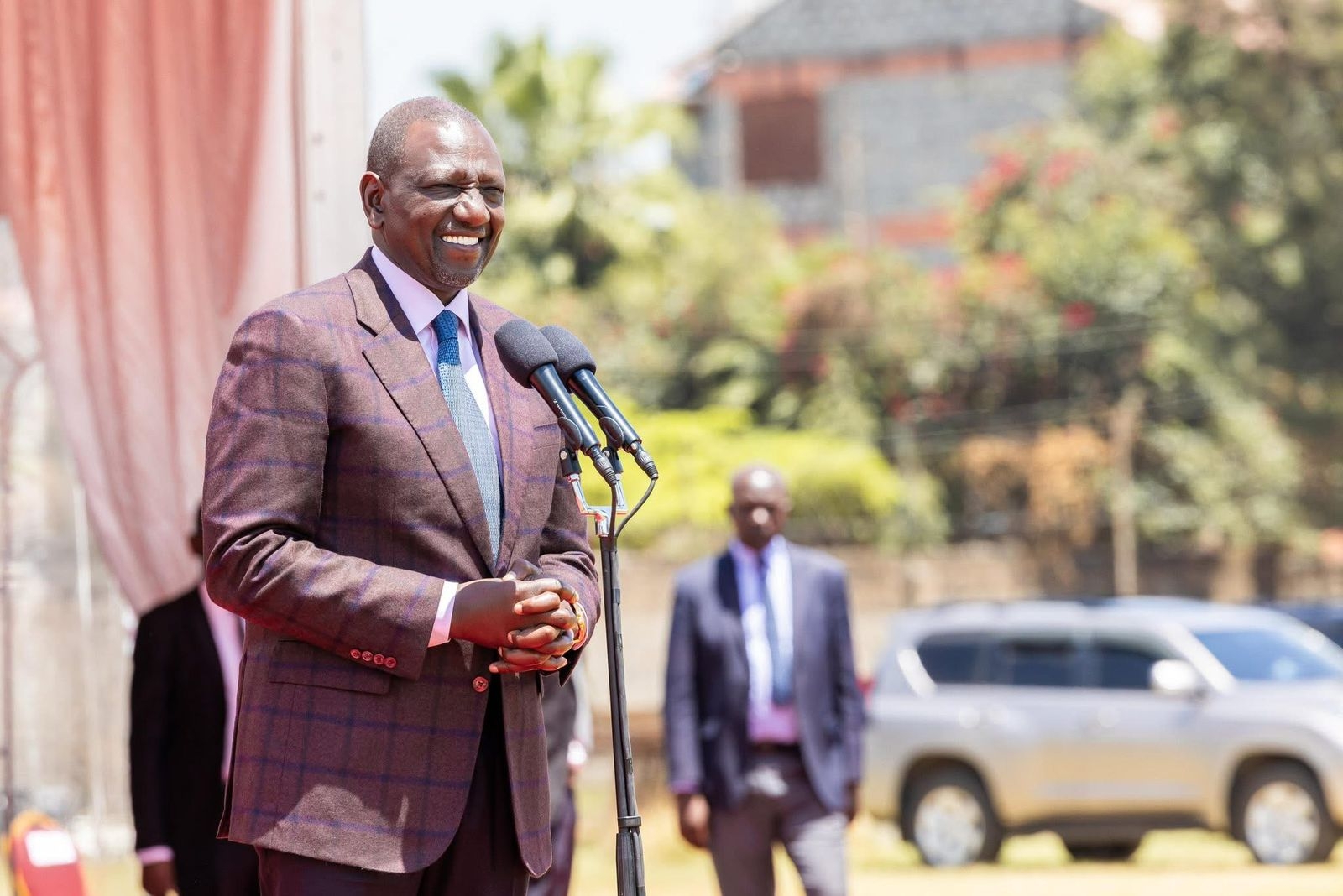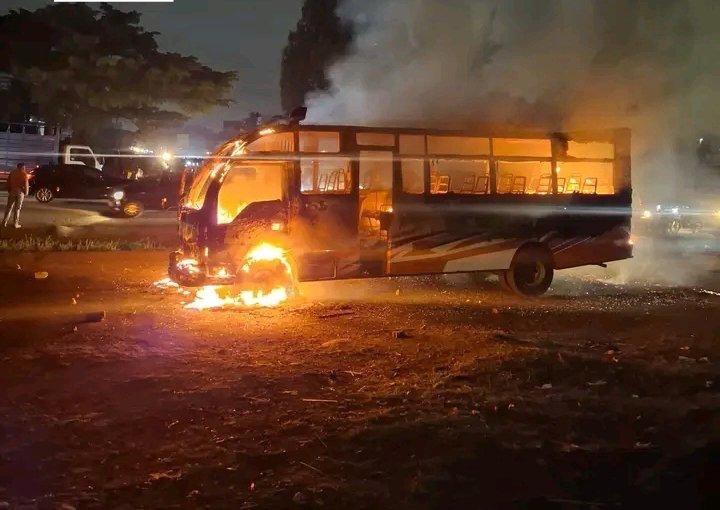
Mombasa will be disadvantaged compared to leading ports in the region unless involvement by multiple government agencies in cargo clearance is addressed, shippers have cautioned.
While welcoming the pact between Kenya Ports Authority and Kenya Revenue Authority aimed at fast-tracking cargo clearance and decongest the port, including the use of Container Freight Stations and enhancing 24-hour port operations, shippers and traders say multiple state agencies create a non-tariff barrier.
There are about 38 government agencies which have over the years intervened in the cargo clearance processes with their services also coming with charges, a move that is blamed for delays and increasing the cost of doing business.
KRA, Kenya Bureau of Standards, immigration, Port Health and Kenya Plant Health Inspectorate Service (KEPHIS) are considered the primary agencies, after the government in 2020 issued a memo sending over 20 state agencies out of the Port of Mombasa.
The move to improve efficiency and cut bureaucracy has however not made any major progress as the number still remains high, amid introduction of new levies and fees to support the agencies’ operations.
Among those that have in recent times pushed for higher fees through increased charges on permits, inspection and cargo clearing are KEPHIS and Kenya Trade Network Agency.
The Anti-Counterfeit Authority, Agriculture and Food Authority, National Biosafety Authority, Weights and Measures, Kenya Wildlife Services among other agencies have also been intervening on cargo.
“We cannot continue to compare our port with best performing ports while we have so many government agencies interventions impacting the clearance process and place all the blame on KPA,” Shippers Council of Eastern Africa (SCEA) chief executive, Agayo Ogambi, said yesterday.
SCEA represents the interests of importers, exporters and other stakeholders in the logistics and shipping industries across Eastern Africa.
“Targeting the port- for revenue generation evidenced by the many agencies showing up at the port "to inspect" is counter productive both in the long and short term, besides being expensive and creating bureaucracy,” Ogambi said.
SCEA has
however welcomed the recommendations to decongest the Port of Mombasa,
including improving the 24-hour operations and the use of CFSs for clearance, in a joint plan being led
by KPA and KRA.
The initiative involves 13 key interventions aimed at easing congestion, cutting turnaround time and modernising customs and port procedures.
Under the new plan, all long-stay containerised cargo at the
port will now be moved to customs-licensed peripheral facilities.
Cargo destined for Mombasa will be transferred to CFSs for clearance, while those headed to Nairobi and upcountry regions will be railed to the Nairobi Inland Container Depot.
Cargo bound for Uganda and other regional markets will now be relocated to the Naivasha ICD for clearance.
To encourage the evacuation of long-stay cargo, both KPA and KRA will waive 100 per cent of accrued storage and warehouse rent for affected importers, provided applications for waivers are lodged within 30 days.
Shipping lines have been urged to complement this exercise by waiving container detention and demurrage charges, while statutory port fees, rail freight, and taxes will remain payable.
KRA will also fast-track auction processes for unclaimed cargo, sustain gazettement of consignments pending clearance and ensure that goods earmarked for destruction are moved to licensed destruction facilities for proper disposal.
“All cargo cleared under the Single Customs Territory regime will be exempted from RECTS e-seal arming, except for consignments flagged through risk assessment,” reads a joint communique’.
To enhance logistics and truck turnaround time, KRA and KPA will implement risk-based scanning procedures, allowing containers bound for CFSs to be transferred immediately after scanning, with image analysis completed later.
Kenya Railways is set to provide a detailed shunting schedule to improve traffic flow, while Port Police and KPA will jointly ensure intersections remain clear.
Cargo not cleared within the five-day free storage period will be transferred to nearby CFSs, with importers allowed to nominate their preferred station.
Additionally, KRA will roll out a Pre-Arrival Processing (PAP) system to allow documentation and clearance before cargo arrival, while long-term efficiency will be achieved through digital alignment across all port systems.
KPA managing director William Ruto said the partnership marks “a new era of operational synergy aimed at reducing dwell time and ensuring Kenya remains a competitive gateway for regional trade.”
“Hope fully the initiates will reduce the container population at the port by 50 per cent,” said Ogambi.
Meanwhile, shipping lines have been encouraged to use Lamu Port for transshipment cargo headed to other destinations.
Mombasa was ranked 375th globally out of 403 ports in the latest World Bank ports index, falling 89 places from the previous year.
This is pegged on persistent inefficiencies in vessel turnaround with the drop placing the port behind several sub-Saharan African peers, including Dar es Salaam (367th).













